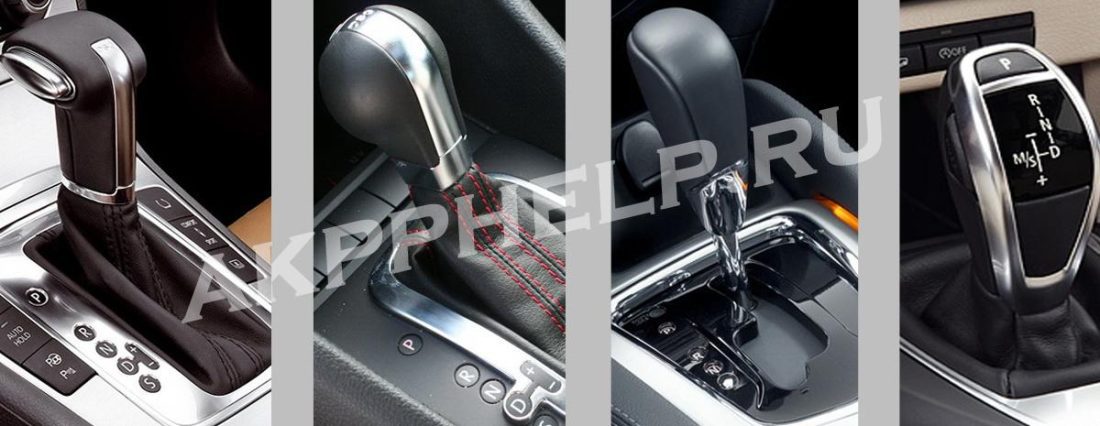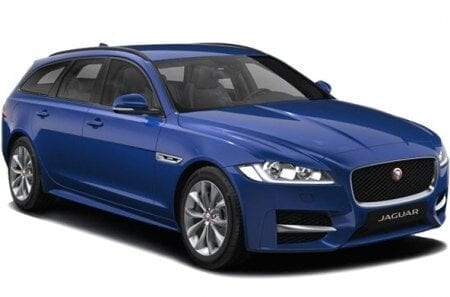
What are the types of automatic transmissions?
Content
Most cars have a gearbox, which is a device that transfers power from the car's engine to the wheels. Generally speaking, there are two types of transmission - manual and automatic. Manual transmissions are basically the same, but there are several types of automatic transmissions, each operating differently with their own pros and cons.
If you're interested in or already own an automatic transmission car, knowing its transmission can help you better understand what it's like to drive a car, what's good about it, and what can be not so great.
Why do cars need a gearbox?
In most non-electric vehicles, the power needed to move is provided by a gasoline or diesel engine. The engine turns a crankshaft connected to a gearbox, which in turn is connected to the wheels.
The crankshaft itself cannot rotate with a wide enough range of speed and force to effectively drive the wheels, so a gearbox is used to adjust the power coming from the engine - literally a metal box of gears of different sizes. Low gears transfer more force to the wheels to keep the car moving, while higher gears transfer less force but more speed when the car is moving faster.
Gearboxes are also known as transmissions because they transfer power from the engine to the wheels. Transmission is probably the best term because not all transmissions actually have gears, but in the UK the term "gearbox" is a common catch-all term.
Automatic transmission selector in the BMW 5 Series
How is a manual transmission different from an automatic?
Simply put, when driving a car with a manual transmission, you need to shift gears manually, and the automatic transmission shifts gears, well, automatically as needed.
On a car with a manual transmission, the clutch pedal on the left, which must be depressed, disengages the engine and transmission so you can move the shift lever and select a different gear. An automatic transmission car doesn't have a clutch pedal, only a shift lever that you put into Drive or Reverse as needed, or into Park when you want to stop, or into Neutral when you don't want to select any gears ( if, for example, the car needs to be towed).
If your driver's license is only valid for an automatic transmission vehicle, you are not allowed to drive a vehicle with the clutch pedal. If you have a driver's license with a manual transmission, you can drive a car with either a manual or an automatic transmission.
Now that we have described what an automatic transmission is and what it is for, let's look at the main types.
Manual transmission lever in a Ford Fiesta
The best cars with automatic transmission
Best used small cars with automatic transmission
Cars with mechanics and automatic: what to buy?
Automatic transmission with torque converter
Torque converters are one of the most common types of automatic transmissions. They use hydraulics to shift gears, resulting in smooth shifting. They aren't the most economical of automatics, although they are much better than before, in part because automakers have added extra gears to improve efficiency.
Torque converter transmissions typically have six to ten gears, depending on the vehicle. They tend to be fitted to more luxurious and powerful vehicles due to their smooth ride and physical strength. Many automakers give their trademarks - Audi calls it Tiptronic, BMW uses Steptronic, and Mercedes-Benz uses G-Tronic.
By the way, torque is the force of rotation, and it is different from power, which is usually called horsepower in the automotive world. To give a very simple illustration of torque versus power, torque is how hard you can pedal on a bike and power is how fast you can pedal.
Torque converter automatic transmission selector in Jaguar XF
automatic transmission variator
CVT stands for "Continuously Variable Transmission". Most other types of transmissions use gears instead of gears, but CVTs have a series of belts and cones. The belts move up and down the cones as the speed increases and decreases, constantly finding the most efficient gear for the given situation. CVTs do not have separate gears, although some automakers have developed their systems with simulated gears to make the process more traditional.
Why? Well, cars with a CVT gearbox can feel a little weird to drive because the engine noise doesn't increase or decrease when shifting gears. Instead, the noise continues to grow as the speed increases. But CVTs are very smooth and can be extremely efficient - all Toyota and Lexus hybrids have them. Trademarks for CVT transmissions include Direct Shift (Toyota), Xtronic (Nissan), and Lineartronic (Subaru).
CVT automatic transmission selector in Toyota Prius
Automated manual transmission
Mechanically, they are the same as conventional manual transmissions, except that electric motors activate the clutch and change gears as needed. There is no clutch pedal here, and the only gear choice is Drive or Reverse.
Automated manual transmissions cost less than other types of automatic transmissions and are typically used in smaller, less expensive vehicles. They are also more fuel efficient, but shifting can feel a bit jerky. Brand names include ASG (Seat), AGS (Suzuki) and Dualogic (Fiat).
Automated manual transmission selector in Volkswagen up!
Dual clutch automatic transmission
Like an automated manual transmission, a dual clutch transmission is essentially a manual transmission with electric motors that change gears for you. As the name suggests, it has two clutches, while the automated manual has only one.
Even with electric motors doing the work in an automated manual transmission, shifting takes a relatively long time, leaving a noticeable gap in engine power under acceleration. In a dual clutch transmission, one clutch engages the current gear while the other is ready to shift into the next. This makes changes faster and smoother, and improves fuel efficiency. Smart software can predict which gear you're most likely to shift into next and line it up accordingly.
Trademarks include DSG (Volkswagen), S tronic (Audi) and PowerShift (Ford). In many cases, it is simply abbreviated as DCT (Dual Clutch Transmission).
Dual clutch automatic transmission selector in Volkswagen Golf
Electric vehicle automatic transmission
Unlike a gasoline or diesel engine, the power and torque of electric motors is constant, regardless of the speed of the engines. Electric motors are also much smaller than the engine and can be mounted closer to the wheels. So most electric cars don't really need a gearbox (although some really powerful cars do, which helps them reach very high speeds). Electric vehicles still have a gear lever to set forward or reverse direction of travel, and they don't have a clutch pedal, so they are classified as automatic.
It is worth noting that some electric vehicles have a separate motor for reverse, while others simply turn the main motor in reverse.
Electric vehicle automatic transmission selector in Volkswagen ID.3
You will find a wide range vehicles with automatic transmission are available from Cazoo. Just use the search function to find what you like and then buy it completely online. You can order delivery to your door or pick up in the nearest Cazoo Customer Service Center.
We are constantly updating and expanding our range. If you can't find the right one today, it's easy. set up promotional alerts to be the first to know when we have vehicles that suit your needs.
